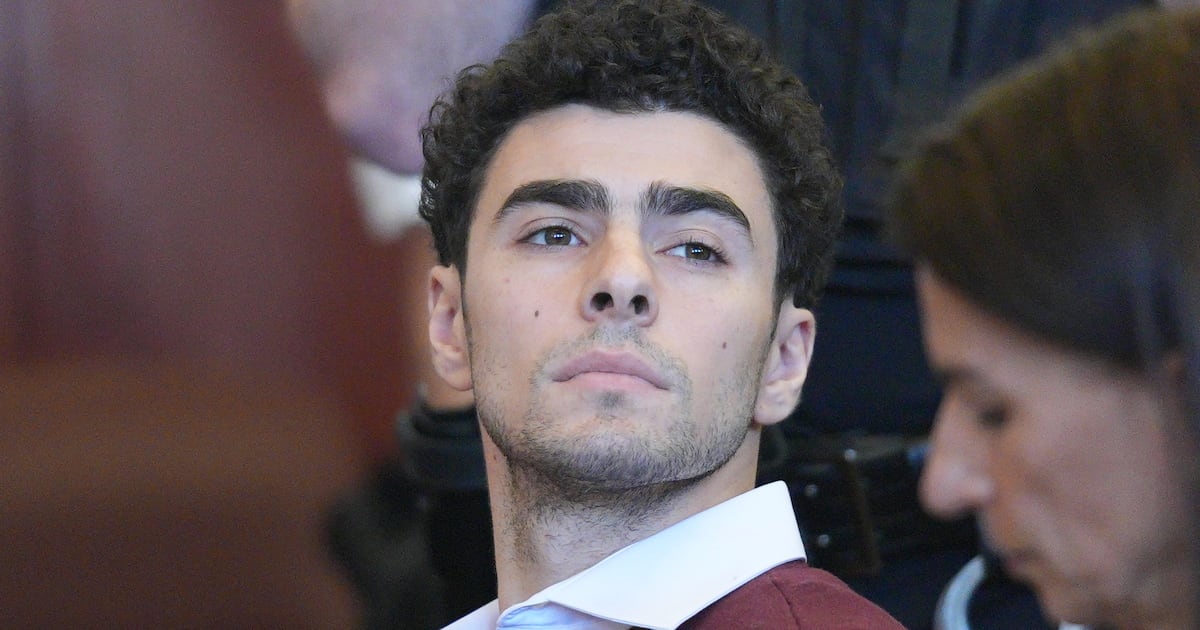The alarming ferocity of the seditious rioters who attacked the U.S. Capitol continues to shock millions of Americans. Sadly, for those of us who work in the pro-choice health care movement, this is an all too familiar scene. It is the continuation of a decades-long history and only the latest nationally publicized example of extremist violence in our country.
To date, anti-choice extremists have murdered 11 Americans who worked in abortion care. My former boss, Dr. George Tiller, was executed at a peaceful Sunday morning church service. Anti-choice extremist Cheryl Sullenger, who had harassed Dr. Tiller for years and was convicted of bomb-making in the 1980s, had an affiliation with the gunman who murdered him. In January, Sullenger, along with former President Donald Trump and 70,000 others, had their accounts suspended from social media due to her statements during the recent insurrection.
For those of us dedicated to the pro-choice cause, the threat of violence—both at work and home—is always looming. It is constantly hanging over our heads, while spreading like wildfire throughout social media. It forces us to alter our driving routes to work and school drop-offs. It profoundly influences our personal lives and how we welcome patients at our clinics seeking a safe, legal, and personal medical procedure. Acts of intimidation like these left unchecked, have frequently led to devastating violence in our country.
A recent New Yorker article highlights the long history of targeted actions against abortion providers, often rooted in antisemitism. There is an overlap between the anti-choice extremists I and many other abortion providers have dealt with for more than 25 years, and the right-wing extremists who refuse to believe in the legitimacy of President Biden’s victory. And in many cases, it is not so much an overlap as it is a terrifying, direct link.
One example is well-known anti-abortion extremist Abby Johnson, who was elated to attend the Capitol insurrection, tweeting an image of herself with the tagline, “Front row with the most pro-life president of our country.” John Brockhoeft, who was convicted of firebombing a clinic in the 1980s, was also present. Plenty of lesser-known activists, including former West Virginia Delegate Derrick Evans, who once had a restraining order placed against him for harassing a clinic escort, joined them.
During FBI Director Christopher Wray’s testimony before the Senate Judiciary Committee, he described the recent rise in domestic terrorism as a trend that has been “metastasizing across the country for a long time now, and it’s not going away anytime soon.” For abortion providers and people working in reproductive justice, this form of extremist violence has been a steady pulse since Roe v. Wade. Each step toward safe and legal abortion care made over the course of nearly 50 years has been countered with an increase in violence toward providers and the women they serve.
When I began working in abortion care in the 1990s during the height of massive protests at clinics across the nation, we encountered many acts of violence and harassment, from bricks and gunshots fired through our windows, severed air conditioning lines, clinic invasions, bomb threats, and people chaining themselves to our doors. All frightening acts meant to intimidate us into shutting our doors for good. Yet, we remained undeterred from our mission to continue providing safe abortion care to women.
More recently in 2013 when working to return abortion care to Wichita, Kansas, after Dr. Tiller’s clinic had been shuttered due to his assassination, I faced protests right outside my house. The protesters held signs saying: “Prepare to meet thy God'' and “Where’s your church ?”—a direct reference to where Dr. Tiller was murdered. Those protests led to a seven-year court battle with the protest leader, a reverend who had made it his mission to threaten and intimidate me into giving up my work. He failed. And in the end, he was held accountable and justice was served.
These acts by those who seek to rescind our constitutional rights have the sole objective of terrorizing those of us who agree people should have free will to choose what is best for themselves and their families. The goals of the white supremacists and anti-abortion extremists at the Capitol are one in the same: to oppress a group of people by denying them their human rights and relegating them to second-class citizens. The “people” in question, of course, are women and people of color, who are continual targets of harassment.
With each awful event, we usually can trace a trail of escalating, incendiary language leading up to the violent acts. Look no further than the U.S. Senate floor, where the rioters assured each other, “I think Cruz would want us to do this... So I think we’re good.” Similarly, when Dr. Tiller was murdered, authorities found evidence the assailant was following Operation Rescue’s rhetoric of “if you believe abortion is murder, act like it’s murder,” as well as following the nightly extremist rhetoric on Fox News, which worked to incite those in the anti-choice movement, specifically against Dr. Tiller. This rhetoric eventually gives way for physical behavior to take place.
After January 6, every elected official, law enforcement officer, and Hill staffer now feels less safe as they struggle under the cloud of a very real threat of violence. Once you experience this type of violence up close, witness the unhinged anger and determination to inflict harm, and truly fear for your own life, you cannot go back to being surprised or shocked. You see everything through a lens of “what if?”
The extremist violence that killed Dr. Tiller on May 31, 2009, is the same violence that threatened the citadel of democracy on Jan. 6, 2021. Over a decade later, millions of people are seeing yet again the domestic terrorists among us, and the danger of rhetoric that incites appalling acts of violence. If we don’t hold accountable those who use violence and intimidation to advance their hateful agendas, history has already shown us what to expect.







